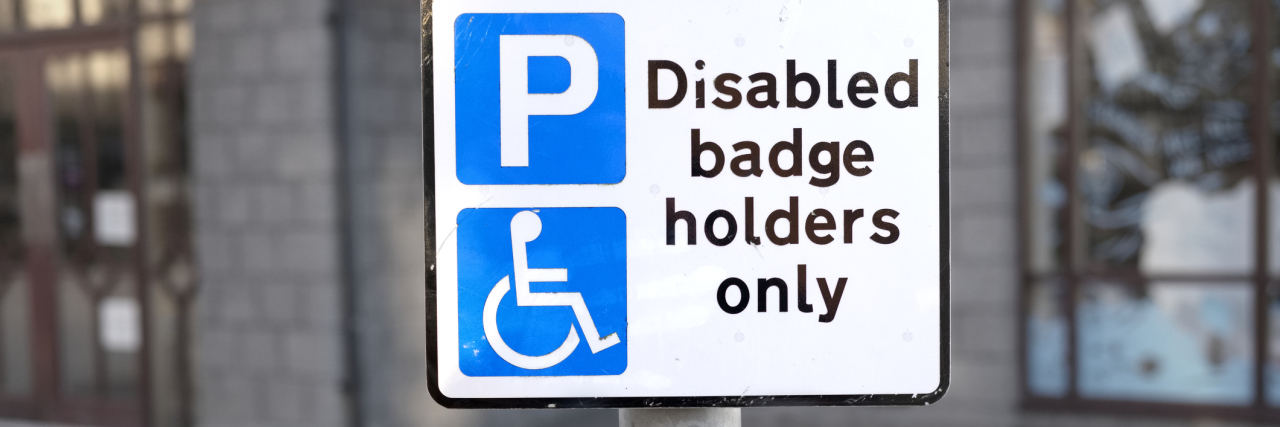Update: On Thursday, Express reported people with mental illnesses and other invisible or hidden disabilities like autism or dementia will be able to apply for a “blue badge” to use accessible parking spaces by Aug. 30.
The U.K.’s Department for Transport announced Sunday that starting in 2019, people with “hidden disabilities” will have access to “blue badges,” which allow people to park in accessible spaces closer to their destination.
People with physical disabilities that make walking difficult are already eligible to receive a blue badge. While the Department said people with conditions like mental illnesses, autism and dementia are not explicitly prevented from receiving a blue badge currently, the laws were open to interpretation. The new guidelines will allow people to receive a badge if they meet the following criteria:
1. If they cannot undertake a journey without there being a risk of serious harm to their health or safety or that of any other person (such as young children with autism).
2. If they cannot undertake a journey without it causing them very considerable psychological distress.
3. If they have very considerable difficulty when walking (both the physical act and experience of walking).
The guidelines were updated after the Department for Transport opened a “public consultation” about blue badge eligibility in January that drew more than 6,000 responses. No date has been set for when the new guidelines will officially go into effect, but the Department expects it to be early next year.
Proponents of the new guidelines celebrated the government’s recognition that people with non-physical disabilities like mental illness and autism may also endure challenges that can be reduced by being able to park closer to their destination.
However, critics say the new rules simply backtrack on changes made to the blue badge system in 2013. As part of the government’s welfare reform, Personal Independence Payments (PIPs) began to replace the Disability Living Allowance (DLA). Under DLA, people could receive a blue badge if they had difficulty “planning and following a journey,” regardless of mobility issues. However, PIP required that people also have difficulty “moving around” in order to receive a blue badge, so some people who automatically received a blue badge under DLA lost it under PIP (though they could still apply for an additional assessment).
“Rather than magnanimously accepting gratitude and praise, this government should be apologizing for its withdrawal of parking entitlement which millions of disabled people rely on,” disability advocate Nicky Clark wrote in a blog on The Huffington Post. Clark’s daughter, Emily, lost her blue badge because she has no trouble walking, though she greatly benefits from a blue badge due to her autism.
Others wondered if the new guidelines would lead to a shortage of accessible parking spaces, and how difficult it will be to “prove” that you need a badge if you have a mental illness, especially considering that having a mental illness may lead you to be deemed “unsafe to drive.”
So how is it going to be possible to apply for a badge by telling them journeys can cause you significant distress without a risk of having your license taken away?
— hattie gladwell (@hatttiegladwell) July 29, 2018
And, when applying for a blue badge, most have to undergo some sort of assessment – including medical – and I just hope this doesn’t prevent people who need it from getting badge, as it will call for a GP or mental health professional to supply evidence you need a badge –
— hattie gladwell (@hatttiegladwell) July 29, 2018
Though people with disabilities that make walking difficult already qualify for blue badges, many have disabilities that are “hidden,” like the disabilities that now qualify under the new guidelines. Often, these blue badge holders say they face questions and judgment from people who don’t understand why they need a badge. Time will tell if new badge holders will face similar doubts, or if the new guidelines will help people learn that disability can “look” a variety of ways.
You can apply for a blue badge here.

